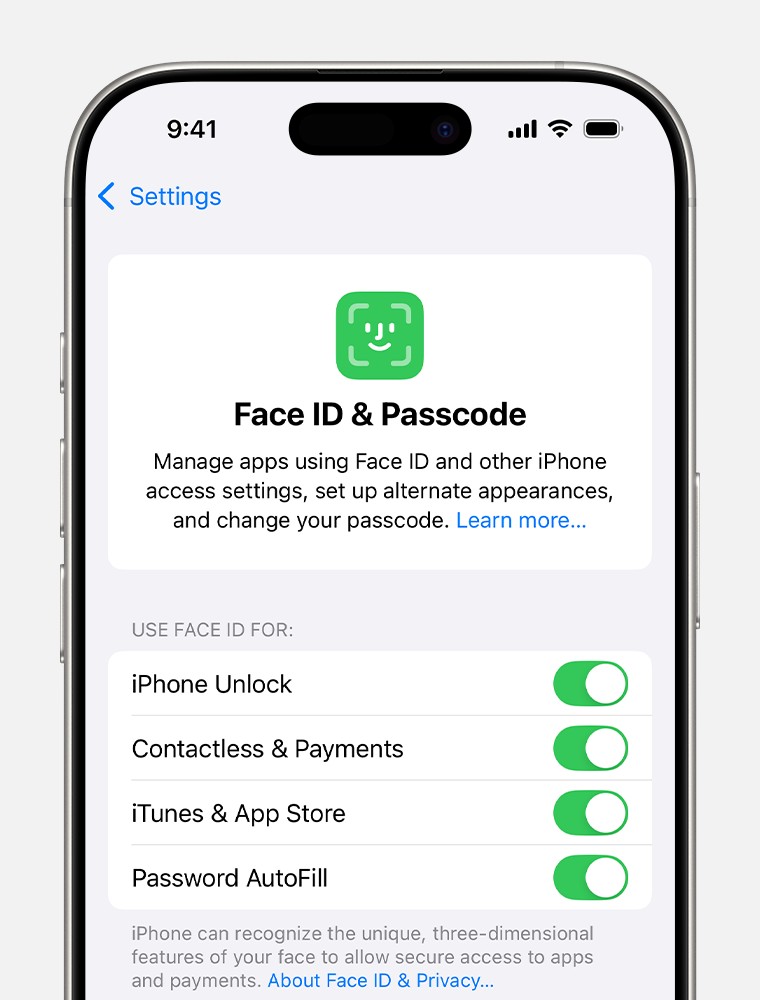Face ID not working on your iPhone or iPad? It can be frustrating when you can’t unlock your device or use facial recognition for apps and purchases. This guide provides a comprehensive troubleshooting walkthrough to help you fix common Face ID issues.
Common Reasons for Face ID Failures
Several factors can contribute to Face ID malfunctions. Let’s explore some of the most common culprits and how to address them:
Software and Compatibility Checks
- Update Your Device: Ensure your iPhone or iPad is running the latest version of iOS or iPadOS. Software updates often include bug fixes and improvements that can resolve Face ID problems.
- Verify Device Compatibility: Confirm your iPhone or iPad model supports Face ID. Not all Apple devices are equipped with this feature.
- Check Face ID Settings: Navigate to Settings > Face ID & Passcode. Ensure Face ID is set up correctly and enabled for the features you want to use (e.g., iPhone unlock, App Store purchases).
Obstructions and Positioning Issues
- Clear the TrueDepth Camera: Wipe away any smudges, dirt, or debris from the TrueDepth camera located at the top of your device’s screen. Also, remove any screen protectors or cases that might be obstructing the camera.
- Mind Your Fingers and Hands: When holding your iPad in landscape mode, ensure your fingers or palms aren’t covering the TrueDepth camera. A “Camera covered” alert will appear if there’s an obstruction.
- Ensure Your Face is Visible: Face ID requires a clear view of your eyes, nose, and mouth. Remove any face coverings, if possible. If you’ve set up Face ID with a mask, make sure your eyes are fully visible.
- Sunglasses Compatibility: While Face ID works with many sunglasses, some types designed to block certain light wavelengths might interfere with the TrueDepth camera’s infrared sensors. Try removing your sunglasses if you’re experiencing issues.
- Proper Positioning: Face ID works best when your iPhone or iPad is held at arm’s length (10-20 inches) from your face. Ensure you’re facing the TrueDepth camera directly, especially on models prior to iPhone 13. iPhone 13 and later models support Face ID in both portrait and landscape orientations.
Advanced Troubleshooting Steps
- Restart Your Device: A simple restart can sometimes resolve temporary software glitches affecting Face ID. Try restarting your iPhone or iPad.
- Add an Alternate Appearance: If your appearance changes significantly (e.g., growing a beard), adding an alternate appearance can help Face ID recognize you.
- Reset Face ID: As a last resort, try resetting Face ID and setting it up again from scratch. Go to Settings > Face ID & Passcode > Reset Face ID.
When to Seek Professional Help
If none of the above solutions work, and your camera isn’t functioning correctly, it might indicate a hardware problem. Contact Apple Support or visit an authorized service provider for assistance. Attempting DIY repairs on the TrueDepth camera system is strongly discouraged.
Conclusion
Face ID issues can often be resolved with simple troubleshooting steps. By addressing potential software conflicts, obstructions, and positioning issues, you can usually restore Face ID functionality. However, persistent problems may require professional assistance. Remember to prioritize your device’s safety and seek help from qualified technicians when necessary.

